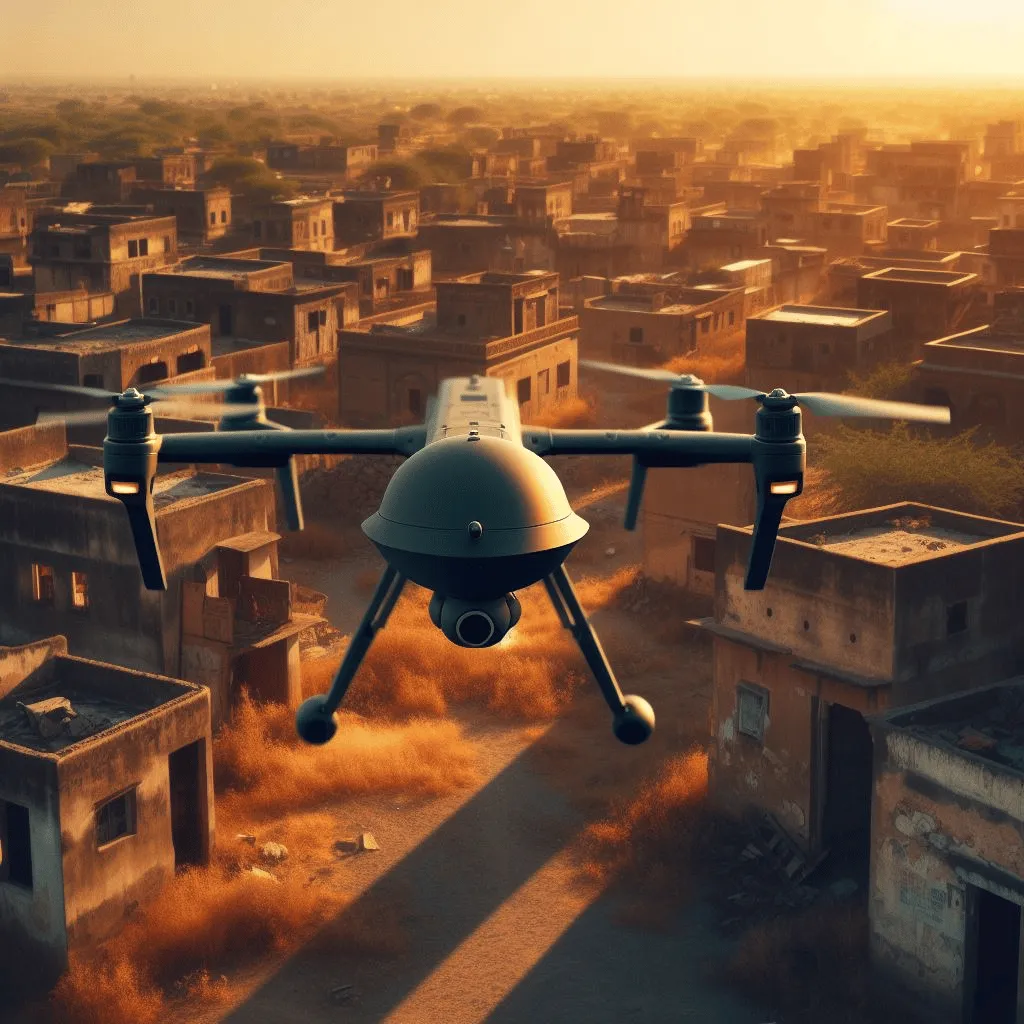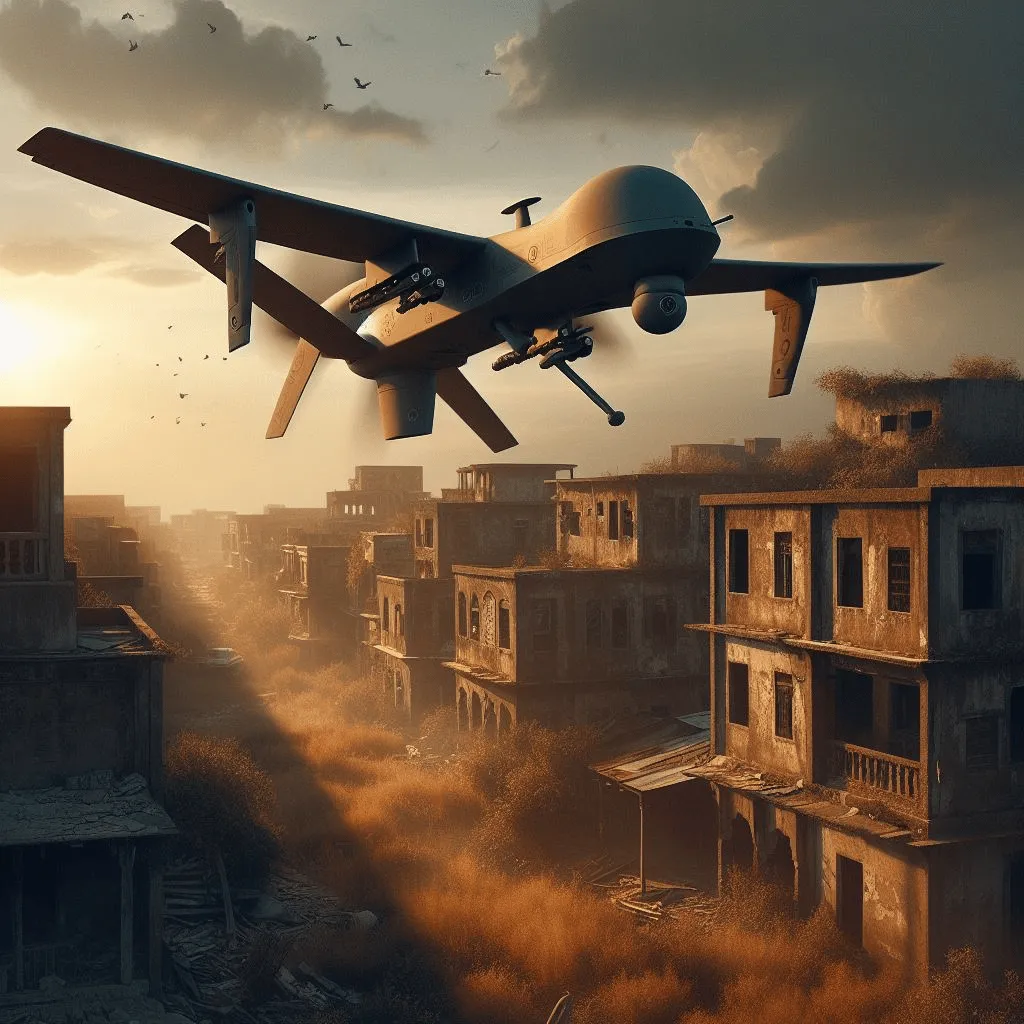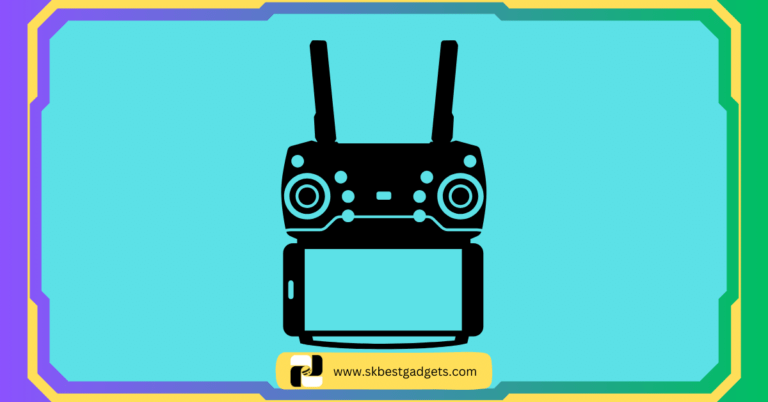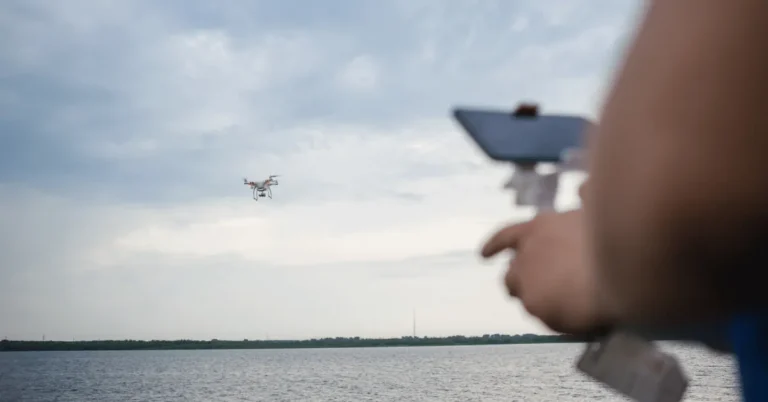What are The Weakness of Military Drones? (Still in 2024)

As technology continues to advance at an unprecedented pace, military drones have emerged as a significant innovation in modern warfare.
These unmanned aerial vehicles (UAVs) have revolutionized military operations, providing valuable intelligence, surveillance, and reconnaissance capabilities.
However, like any other technological advancement, military drones are not without their weaknesses.
What are the weaknesses of military drones?
Military drones have become an integral part of modern warfare, offering numerous advantages in terms of surveillance, reconnaissance, and combat capabilities. However, like any technology, they also have their weaknesses.
1. Vulnerability to Cyberattacks
One major weakness of military drones is their susceptibility to cyberattacks. As these unmanned aerial vehicles rely heavily on software and communication systems, they can be hacked or jammed by adversaries.
Such attacks can compromise their control, navigation, and data transmission, rendering them ineffective or even turning them into weapons against their operators.
2. Limited Autonomy
While military drones have advanced autonomous capabilities, they still require human operators for decision-making and complex tasks.
Their autonomy is limited by the need for real-time human intervention, which can slow down response times and reduce their overall effectiveness in dynamic combat situations.
3. Reliance on Communication Links
Military drones heavily rely on communication links to receive commands and transmit data. However, these links can be disrupted or intercepted, leading to loss of control or compromised information.
Adversaries can exploit this weakness by jamming or intercepting the signals, effectively neutralizing the drone’s capabilities.

4. Limited Endurance
Most military drones have limited endurance due to their reliance on batteries or fuel. This restricts their operational range and the duration they can stay in the air.
Short flight times can be a significant weakness in situations that require prolonged surveillance or engagement, as they may need frequent refueling or recharging.
5. Susceptibility to Weather Conditions
Weather conditions can significantly impact the performance of military drones. Strong winds, heavy rain, or extreme temperatures can affect their stability, maneuverability, and sensor accuracy.
Adverse weather conditions can limit their operational capabilities and make them more vulnerable to accidents or malfunctions.
6. Limited Payload Capacity
Military drones often have limited payload capacity compared to crewed aircraft. This restricts their ability to carry heavy weapons or equipment, reducing their combat effectiveness.
While technological advancements have increased payload capacity, it remains a weakness when compared to traditional military aircraft.
7. Ethical and Legal Concerns
The use of military drones raises ethical and legal concerns, particularly regarding civilian casualties and privacy violations.
Accidental civilian deaths resulting from drone strikes can damage public perception and international relations.

Additionally, the surveillance capabilities of drones can infringe upon individual privacy rights, leading to debates about their appropriate use and regulation.
Finally
While military drones offer significant advantages in modern warfare, it is important to acknowledge their weaknesses. Vulnerability to cyberattacks, limited autonomy, reliance on communication links, limited endurance, susceptibility to weather conditions, limited payload capacity, and ethical/legal concerns are all factors that need to be addressed and mitigated to ensure the effective and responsible use of military drones.
Read More: How Accurate are Military Drones? (Updated 2024)
What is the biggest weakness of military drones that is still not solved in this advanced era?
Pinpointing the single “biggest” weakness of military drones is challenging, as different scenarios prioritize different concerns. However, there are two strong contenders:
1. Decision-making and autonomy:
Despite advancements in artificial intelligence, drones still heavily rely on human operators for critical decisions, particularly regarding targeting and engagement.
This creates a disconnect between the physical battlefield and the operator’s remote console, raising concerns about:
While research into autonomous weapons systems is ongoing, ethical concerns and international regulations raise significant hurdles.

Balancing the potential benefits of autonomous drones with responsible development and deployment remains a key challenge.
2. Cybersecurity and jamming:
The reliance on communication networks and software makes drones vulnerable to cyberattacks and electronic warfare. Adversaries can:
Developing robust cybersecurity measures and countermeasures against jamming is crucial, but adversaries are constantly evolving their tactics. Staying ahead of this technological arms race requires ongoing investment in research and development.
Both decision-making/autonomy and cybersecurity/jamming pose significant challenges for military drones, and advancements in either area could be considered the “biggest weakness” depending on the context.
Ultimately, addressing these vulnerabilities and ensuring responsible development and use are critical for the safe and ethical deployment of drone technology in warfare.
Read More: Why Drones Should Be Banned?
What were the weaknesses in the history of military drones?
Military drones, while transformative, bear inherent weaknesses. The lack of complementary capabilities hindered the efficacy of drone warfare, notably seen in conflicts where external support was absent.
Vulnerability to air defense systems poses a significant challenge, as highlighted by extensive research. Ethical concerns arise, particularly regarding targeted killings and extrajudicial actions.
Historical contexts reveal drones’ past unreliability during the Cold War, being small, costly, and prone to malfunctions.
Understanding these weaknesses is crucial for mitigating risks and advancing drone technology. Incorporating diverse military capabilities, enhancing air defense resilience, and addressing ethical concerns will be pivotal for the future evolution of military drones.

What are the weaknesses in different types of military drones?
Military drones come in a variety of sizes and functionalities, each with its own set of strengths and weaknesses. Here’s a breakdown of some key vulnerabilities in different types:
1. Reconnaissance Drones:
2. Attack Drones:
3. Stealth Drones:
4. Kamikaze Drones:
It’s important to remember that these weaknesses are constantly addressed through technological advancements and new tactics.
Additionally, specific vulnerabilities can vary significantly depending on the drone’s size, capabilities, and intended role within a mission.
Understanding these limitations is crucial for effectively employing different types of drones and mitigating potential risks.

Read More: Can You See Military Drones in The Sky? (Explained)
Three examples where military drones faced vulnerabilities for their weaknesses?
Military drones have revolutionized warfare, providing valuable intelligence and conducting targeted strikes. However, like any technology, they are not without vulnerabilities.
1. Communication Interference
One significant vulnerability of military drones is their susceptibility to communication interference. In 2011, Iranian forces managed to capture a U.S. stealth drone by disrupting its communication link with its operator.
This incident highlighted the importance of securing drone communication systems to prevent unauthorized access or interference.
2. Cyberattacks
Another weakness of military drones lies in their vulnerability to cyberattacks. In 2019, a hacker group successfully breached the security of a major drone manufacturer, gaining access to critical information and potentially compromising drone operations.
This incident emphasized the need for robust cybersecurity measures to protect military drones from malicious actors.
3. GPS Spoofing
Military drones heavily rely on GPS for navigation and positioning. However, they are vulnerable to GPS spoofing attacks, where false signals are sent to deceive the drone’s navigation system.
In 2012, an Iranian engineer claimed to have successfully hacked and rerouted the GPS signals of an American drone, leading it to land in Iran.
This incident highlighted the need for advanced anti-spoofing technologies to protect military drones from such attacks.

While military drones have undoubtedly enhanced military capabilities, they are not immune to vulnerabilities.
Communication interference, cyberattacks, and GPS spoofing are just a few examples of weaknesses that have been exploited in the past.
It is crucial for military forces to continuously invest in research and development to address these vulnerabilities and ensure the security and effectiveness of drones in modern warfare.
Read More: How Does DJI Drone Communicate?
Will in the future the weaknesses of military drones solved?
In recent years, military drones have become increasingly prevalent in modern warfare. Unmanned aerial vehicles (UAVs) bring forth a myriad of benefits, including heightened surveillance capabilities and the precision to accurately strike designated targets.
However, like any technology, military drones have their limitations and weaknesses. The question arises: will these weaknesses be addressed and resolved in the future?
Cyberattacks
One of the primary concerns surrounding military drones is their vulnerability to cyberattacks. As drones rely heavily on advanced software and communication systems, they can be susceptible to hacking and interference.
To mitigate this risk, ongoing research and development efforts are focused on enhancing the cybersecurity measures of these drones.
By implementing robust encryption protocols and strengthening their defenses against cyber threats, future military drones can become more resilient and secure.
Limited endurance and range
Another weakness of current military drones is their limited endurance and range. Most drones have a relatively short flight time and are restricted by the distance they can cover.
However, advancements in battery technology and the development of more efficient propulsion systems are underway.
These improvements aim to extend the flight time and increase the range of military drones, allowing them to operate for longer durations and cover greater distances.

Drone swarming
Furthermore, the issue of drone swarming, where multiple drones collaborate to overwhelm defenses, is being addressed.
Researchers are exploring ways to enhance the coordination and communication between drones, enabling them to work together effectively and overcome countermeasures.
This development could significantly improve the capabilities of military drones in future operations.
While it is impossible to predict the exact timeline for resolving these weaknesses, it is clear that ongoing research and development efforts are dedicated to overcoming them.
As technology continues to advance, military drones are likely to become more sophisticated, secure, and capable.
By addressing the vulnerabilities and limitations, the future of military drones holds great promise in revolutionizing warfare.
Read More: Impact of Drones on Society | Negative and Positive Impacts
Final Thoughts – What are The Weakness of Military Drones?
In conclusion, the vulnerabilities of military drones, though present, are actively being addressed through ongoing research and development efforts.
The rapid advancements in technology offer promising solutions to mitigate these weaknesses and enhance the capabilities of military drones.
As the field evolves, improvements in cybersecurity, endurance, range, and coordination between drones are expected.
The future of military drones holds great promise in revolutionizing warfare, provided that the challenges are met with innovative solutions.

FAQs
Yes, military drones are actively used in various combat scenarios for surveillance, reconnaissance, and targeted strikes.
Advancements in batterytechnology aim to extend the flight time and increase the operational range of military drones, addressing their current limitations.
Drone swarming involves multiple drones working collaboratively to overwhelm defenses. Research is ongoing to improve coordination between drones, enhancing their effectiveness in future operations.
Ethical concerns include civilian casualties and privacy violations. Ongoing discussions focus on establishing regulations and guidelines to ensure responsible drone use.
Adverse weather conditions, such as strong winds or heavy rain, can impact drone stability and performance. Overcoming these challenges involves developing drones with enhanced stability and weather-resistant features.







